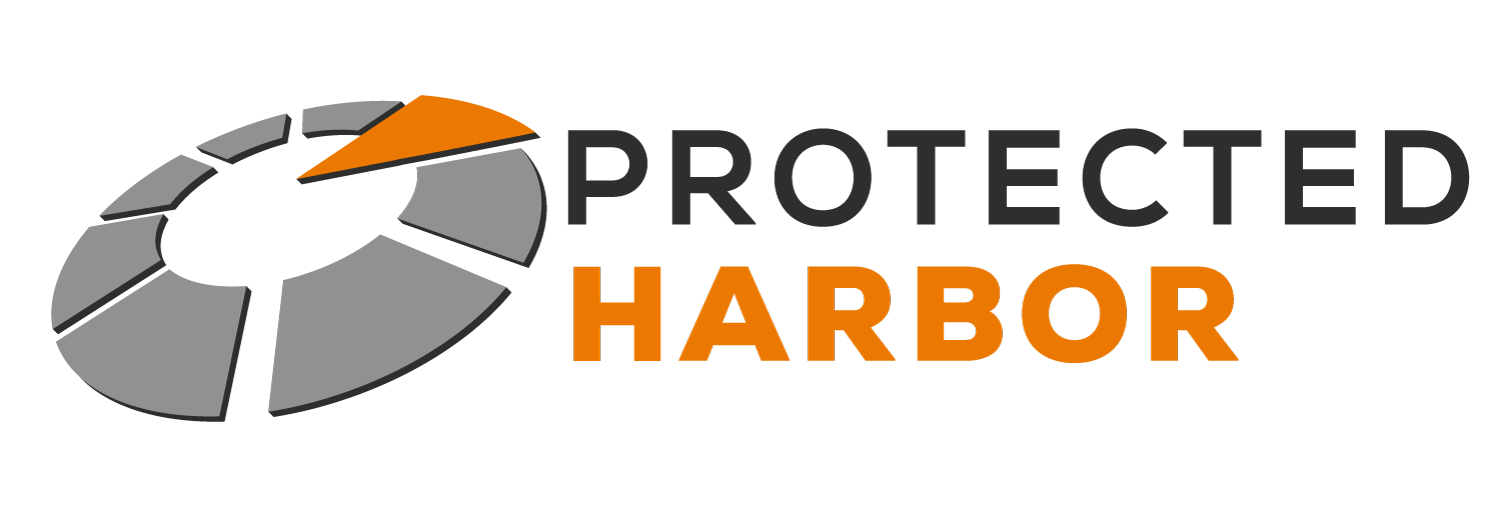Designing IT for the Next Decade, Not the Next Quarter
Most IT environments aren’t built for the future — they’re built for survival. Quick fixes, short-term budgeting, vendor-driven decisions, and quarter-to-quarter planning create systems that work today but fail tomorrow. And when the foundation isn’t designed for longevity, instability, downtime, and technical debt become inevitable.
Organizations don’t fall behind because technology moves too fast. They fall behind because their IT was never designed to keep up in the first place. At Protected Harbor, we see the same pattern across industries:
Systems that should last ten years barely survive two — not because the tech is bad, but because the strategy behind it is.
The Problem: IT Designed for the Quarter Creates Long-Term Debt
Short-term IT decisions usually begin with good intentions — a budget cycle, a deadline, a vendor recommendation, or “just get us through this year.” But over time, these choices compound into architectural debt that drags down the entire organization.
Here’s how it happens:
- Temporary fixes become permanent
Patches, one-off scripts, emergency allocations — all meant to be temporary. But no one circles back, and suddenly they become core infrastructure.
- Vendor-driven architecture replaces business-driven architecture
Cloud providers and MSPs often recommend what fits their tools — not what delivers predictability for your operation.
- Systems are sized for where you were, not where you’re going
Teams grow. Data grows. Regulatory requirements grow. But the environment rarely evolves with them.
- Technical debt becomes operational risk
“We’ll fix it later” turns into outages, performance problems, and reactive firefighting. Short-term thinking doesn’t just slow down IT — it slows down the business.






